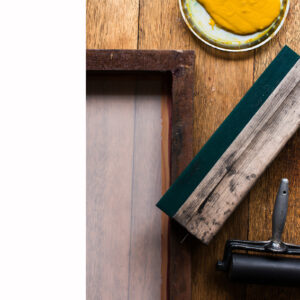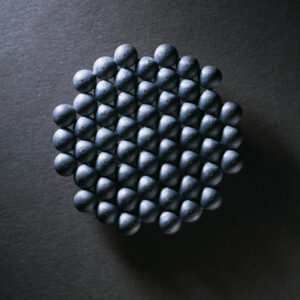mdby……MATTHIAS KAISER
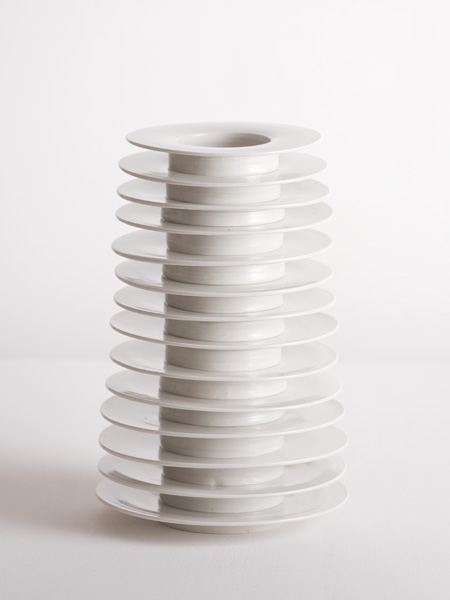

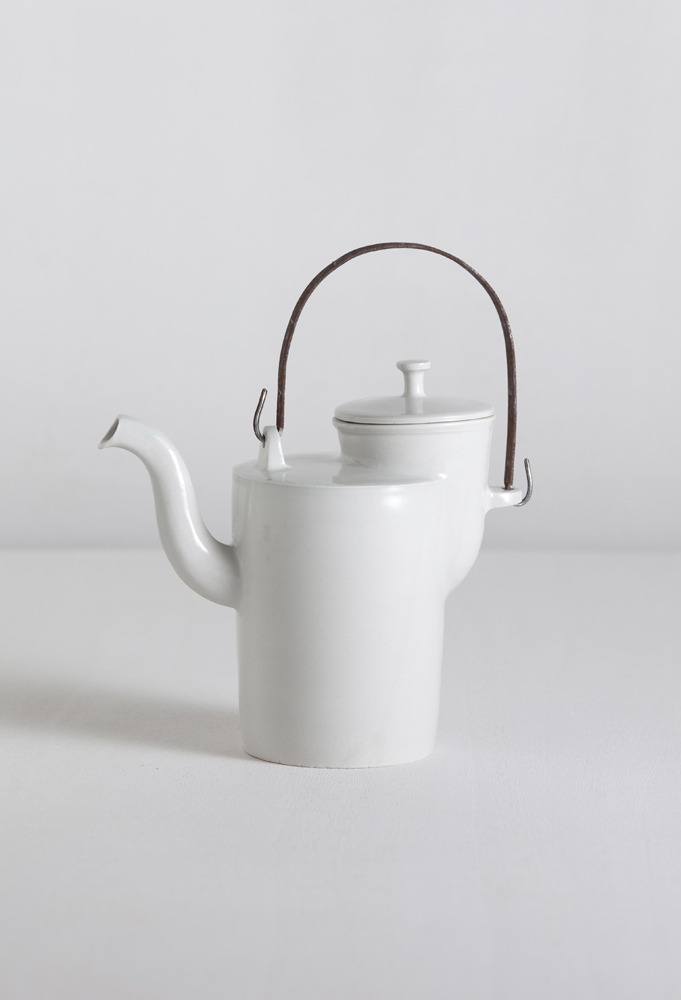


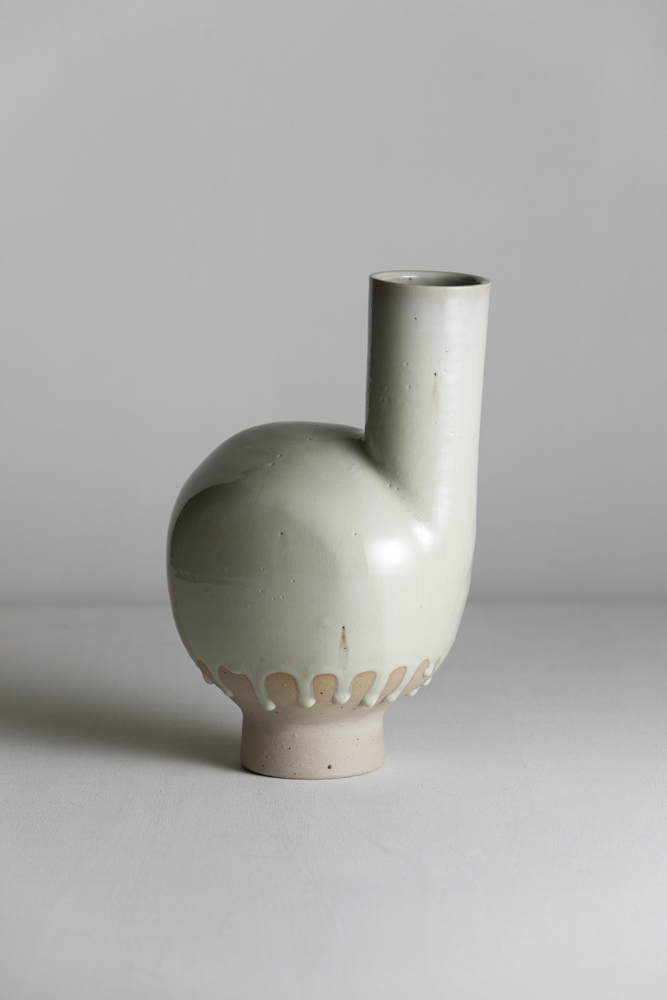

 Products images by Jens Preusse
Products images by Jens Preusse
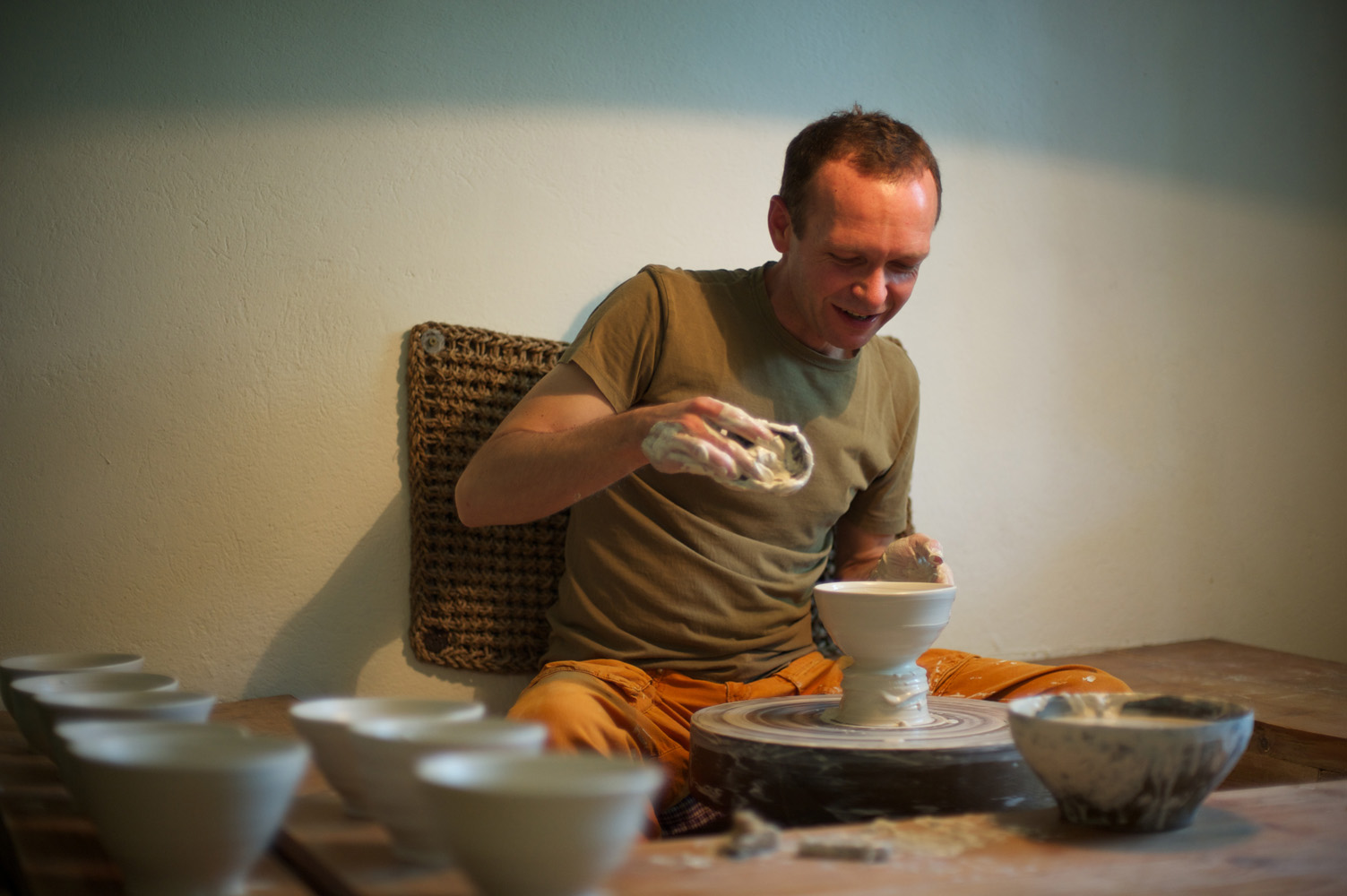

 Studio images by Michael Turkiewicz
Studio images by Michael Turkiewicz
Last year I travelled to Japan, and I was very impressed about their culture, their art, their porcelain works, everything, and the work of Matthias Kaiser, has been for me a revival to those days over there. his work has a lot of character and we have asked him more about it, to understand better his fantastic work.
After studying in New York and Vienna, you apprenticed with two Japanese master potters in Seto and Karatsu, and after that, you traveled around Indian subcontinent and lived for13 years in Iran…..How did you realize that what you wanted to do is to create objects with your hands?
I went to New York to study music initially, but after taking a pottery class became hooked on ceramics. Studying at Parsons School of design provided me with basic knowledge about shaping, glazing and firing techniques, but I soon realized that the highest level of sophistication had been reached in the Far East, China, Korea and Japan. High-fired ceramics were made there more than 1500 years earlier than in Europe, so there is a long tradition to build on and an advanced degree of refinement, both in a technical and an aesthetic sense. My apprenticeships in Japan counter-balanced the university-style education well and gave me different and arguably deeper insights into the interrelated aspects of manufacture, appreciation and use. During many trips toIndia and long stays in Iran (although I never lived there permanently) my view on the basic tenets of life was adjusted, which led to a period of inner turmoil but ultimately broadened my thinking and added another dimension to my sensory world.
Was it hard when you begun it?
In every respect, yes. I took a while to reach a level where I could comfortably show my work to the public and it took many years before I was really able to sell. Even now I am too passionate about the product to be smart about marketing.
You work by your own, is it what you were looking for?
I don´t consider myself a good team worker.
In your porcelain works and the stoneware’s, do you try to express different things through the difference of the material?
I allow the material to have a voice and I let the traces of the making process be visible as a kind of documentation of and within the piece. With porcelain and stoneware I quote different historical and contemporary references according to the shape, function or mood of the work.
Your works in porcelain seem to be based on geometrical concepts, the ‘stack’ vase, the ‘5 bowl’ vase that looks like a pagoda…., the ‘white facet’ vase….is geometry important for you to show it in your work?
While geometry may give a clear structure to a piece, it is the balance between this rigidity and unsteady irregularity that gives proper tension to an object.
Which is the idea for the irregular platter, to show different textures?
It turned out to be a subdued landscape of shades of grey and white that can be used as an unselfconscious, amorphous backdrop for arranging anything or nothing.
You use several Japanese techniques, as ‘hake’, or firing the vases on bases of coarse sand, which give the piece a different ‘touch’ from what I have seen until now, I really like them. Do you try to improve those techniques, using them in a different way or purpose from the traditional one?
Sometimes I use traditional methods in an exaggerated or absurd way, like the sand base on some vases that becomes part of the outline of the piece and loses its purpose as a firing support.
Any inspiration from any European ceramist?
I like the late Hans Coper´s work and that of many unknown artisans of the past, especially German and Dutch makers of the 16th and 17thcentury. Among contemporaries, Morten Lobner Esperson is a favorite.
Colors do not take part of your work in porcelain as an important issue, and in stoneware, you use tenmoku glaze, a metallic oxides glaze, or just pale colors, which is the reason for that?
Shape, texture, color, size, weight and functionality all play an important role and help determine the feeling of a work. In the way they are balanced lies the difficult task of creation. I focus a lot of attention on making shapes that are an accumulation of subtle details, restraint and omissions. Because color and surface decorations tend to distract from the essence of a pot, I use them sparingly.
I really like your ‘wayward tenmoku’ vase, where could I find it to be able to buy it? It will be a unique piece; because you do all your pieces one by one…..do you number them in some way?
You can find “wayward tenmoku vases” with Hedge gallery in San Francisco, Richard Ostell in New York, Analogue life in Nagoya and Gallery feel art zero/shop 22 in Nagoya. They are not numbered, but have differences in size and proportion due to their handmade nature.
Do you make any mark to recognize your designs?
I use an incised M as my signature.
Do you design all your objects before you begin to create them? Or you have the idea in mind, and you just work with the material?
It depends, I sketch a lot, but when I start on a piece it often takes on a life of its own and develops into something unexpected. The biggest advances are made by doing, not by thinking alone.
Which would be your ideal project?
Any project that forces me to improve and learn.
What is beauty for you?
There is no absolute beauty for me, it always depends on space, light and atmosphere.
But it invariably includes something that is broken and something that is intact, like in human existence.
Tell us, how a normal day in your work is?
I get up around 9am, have a wholesome breakfast and start to work in the studio at around 10am. Commonly there is a variety of tasks to be taken care of. It could be throwing new pieces, trimming, preparing clay or glazes, glazing, loading or unloading the kiln, monitoring a firing, cleaning newly fired works or packing boxes that have to be shipped to customers. I continue until lunchtime, which usually is around 3 or 4pm.
Then I get back to the studio and resume working there until 10 or 11pm.
At night I answer emails, do research and think up new designs. Bedtime is around 2am.
7 days a week. I never take a day off unless I leave town. Maybe this is why I travel so frequently.
Do you spend time in your work to publications or other media to make yourself know and increase sales, or you have someone to help you?
Collaborations and partnerships help to get the word out. I invest time and money in an up to date internet presence but do not employ a public relations agency.
Which is the most difficult thing in your work?
My personal approach to creating does not give much leeway for fixing mistakes.
They can be accepted and interpreted as part of the work if they fit the context, but erasing or hiding them does not suit my philosophy. So I only have one try at any one in a succession of steps that lead to the finished piece. If something does not work, it´s back to the start.
Which is what you like more from your work?
I like its diversity, the combination of physical and intellectual challenges.
I can apply myself with various faculties.
Which one has been your biggest success?
When I am successful at executing a simple shape well.
What is your biggest dream for the future?
To be more successful.
An advice?
Be curious!

